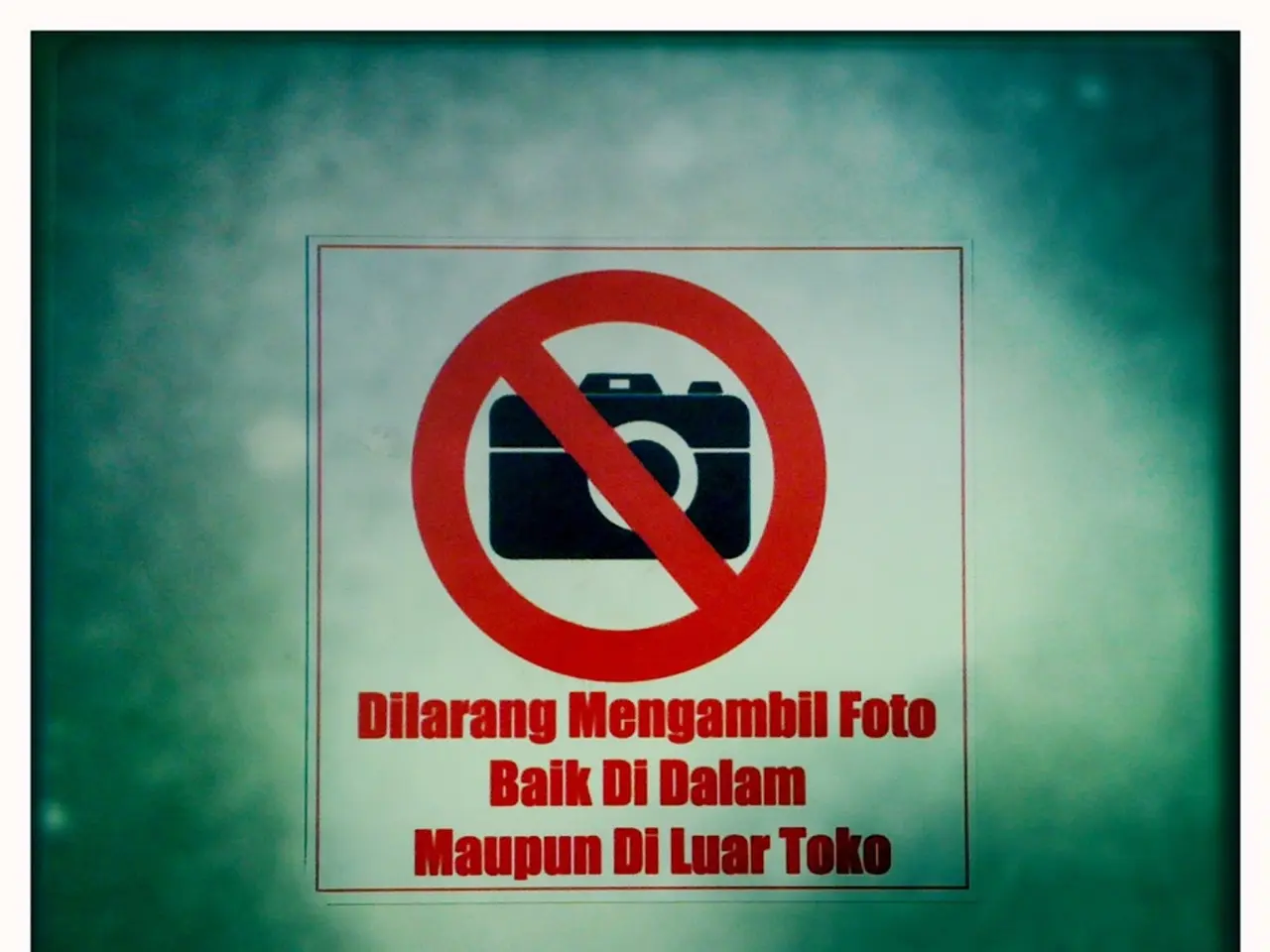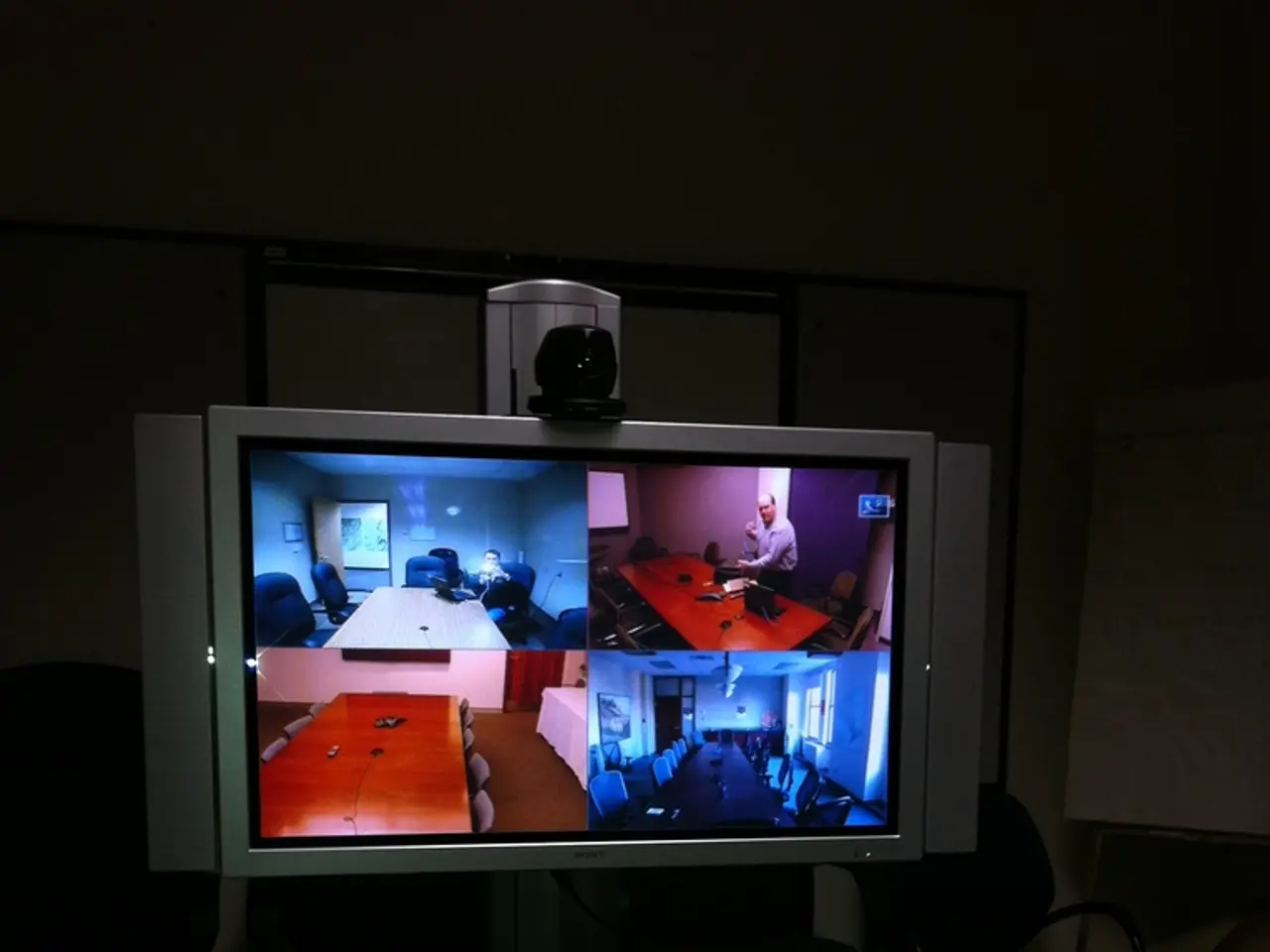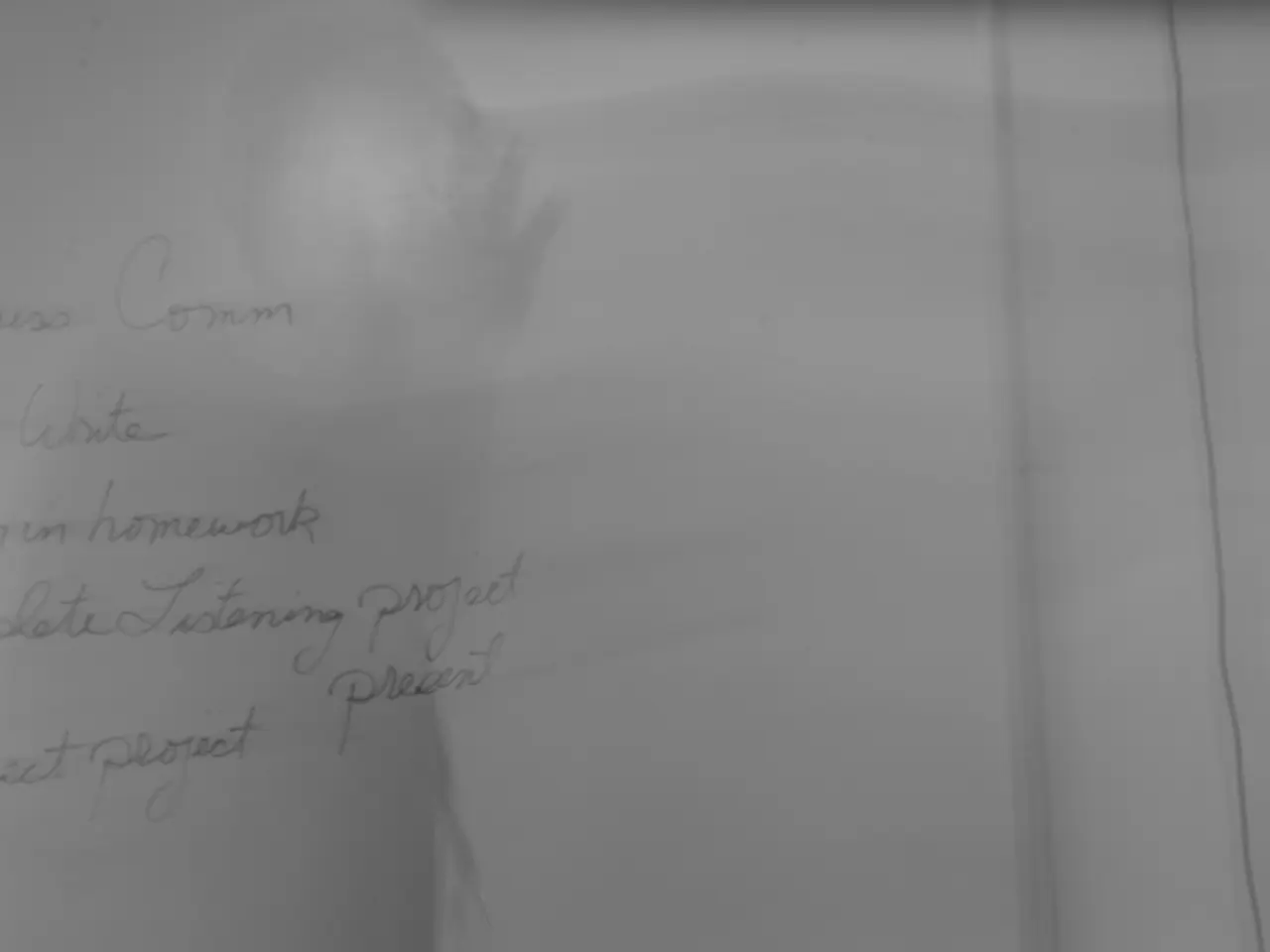Astrophotography Settings Guide for Nikon Z6II: Quick Reference Sheet
In the world of amateur astronomy and astrophotography, Anthony Robinson, the founder and owner of Skies & Scopes, is making a name for himself. His work has been featured in various publications, shedding light on the captivating images he captures under the night sky.
When it comes to astrophotography, having a steady and sturdy tripod is essential. However, choosing the right equipment can be a challenge. Fortunately, there are resources available to help, including guides on the best lenses and tripods for astrophotography.
For astrophotography, a short focal length lens is usually preferred, with around 14mm being optimal. If using a lens narrower than 14mm, stitching multiple images together can be a more advanced technique.
One such resource is Derek Horlock's Nikon Z6 II Astrophotography Case Study. For those using the Nikon Z6 II, the recommended maximum exposure time per shot can be estimated using the 500 rule and the more precise NPF rule, which account for sensor size and lens focal length to avoid star trailing.
The 500 Rule is a simple method to calculate the exposure time. Exposure time (seconds) ≈ 500 ÷ (focal length in mm × crop factor). For the Nikon Z6 II, a full-frame camera, the crop factor is 1. So for a 24mm lens, the maximum exposure would be approximately 20.8 seconds.
The NPF Rule is a more refined method that factors in pixel pitch, aperture, and declination angle, generally yielding shorter maximum exposure times than the 500 rule to minimize star trailing. While exact NPF calculation requires additional parameters, photographers using the Z6 II typically keep exposures around 15 to 20 seconds with wide lenses like 24mm to avoid star trails without tracking equipment.
Additional Nikon Z6 II considerations include the camera's ability to save preferred astrophotography settings to user modes (U1, U2, U3). The camera also supports shutter speeds up to 900 seconds, but for deep-sky or star field shots without star tracking, shorter exposures in line with the 500 or NPF rules are advisable to preserve star pinpoints rather than trails.
ISO settings often start around 800 to 3200 for astrophotography with the Z6 II sensor, balancing noise and light sensitivity. Shooting in RAW with manual exposure, manual white balance, and a stopped-down aperture (e.g., f/4 or smaller) helps optimize image quality.
In summary, when using the Nikon Z6 II without a star tracker:
- Use the 500 rule as a rough guide (~20 seconds at 24mm).
- Apply the NPF rule for a more accurate exposure limit, likely shorter, to minimize star trailing.
- Adjust ISO between 800 and 3200 considering your sky brightness and noise tolerance.
- Stack multiple shorter exposures (often totaling hours) to improve signal-to-noise ratio and image detail.
A fast aperture is essential for a lens's capacity to operate in low light. Using an intervalometer or remote release can help control the camera without physical touch. There are several articles and calculators available for astrophotography, including a 500 Rule Calculator and an NPF Rule Calculator.
With these tips and resources, you're well on your way to capturing stunning astrophotography images with the Nikon Z6 II. Happy shooting!
- Anthony Robinson's work in astrophotography demonstrates the importance of a steady and sturdy tripod, as well as choosing the right equipment for the purpose.
- The 500 Rule and NPF Rule are useful resources for those looking to estimate the correct exposure time for astrophotography to avoid star trailing, with the Nikon Z6 II's maximum exposure time estimated using the 500 Rule.
- For optimal astrophotography results with the Nikon Z6 II, it is recommended to use a short focal length lens, to stack multiple shorter exposures, and to adjust ISO settings between 800 and 3200 while shooting in RAW format with a stopped-down aperture.




